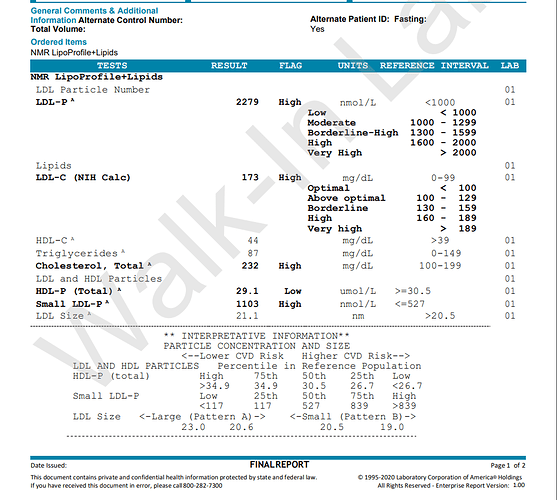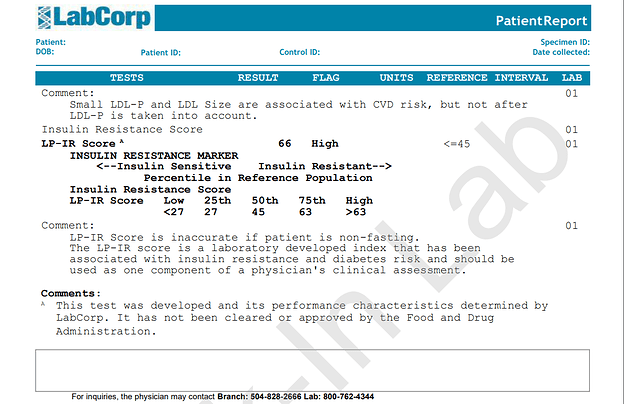https://www.thelancet.com/action/showPdf?pii=S2352-3964(22)00474-1
Findings
As few as 8-15 variables predicted longevity at 2-, 5- and 10-years with predictive performance (area under receiver operator characteristic curve) of 0¢76 (95% CIs 0¢69, 0¢83), 0¢76 (0¢72, 0¢81) and 0¢66 (0¢61, 0¢71), respectively. Numbers of small high-density lipoprotein particles, younger age, and fewer pack years of cigarette smoking were the strongest determinants of longevity at 2-, 5- and 10-years, respectively. Physical function was a prominent predictor of longevity at all time horizons. Age and cognitive function contributed to predictions at 5 and 10 years. Age was not among the local 2-year prediction variables (although significant in univariable analysis), thus establishing
that age is not a direct cause of 2-year longevity in the context of measured factors in our data that determine longevity.
I find these sorts of papers quite interesting. Although there are a number of models (such as the Levine algorithm) that give a biological age based upon biomarkers there are biomarkers that are consistent.
For example creatinine crops up in many predictions. Interestingly if someone is about to die in the next 2 years (according to this study) how old they are does not affect their predictive mortality materially compared to all of the markers.

